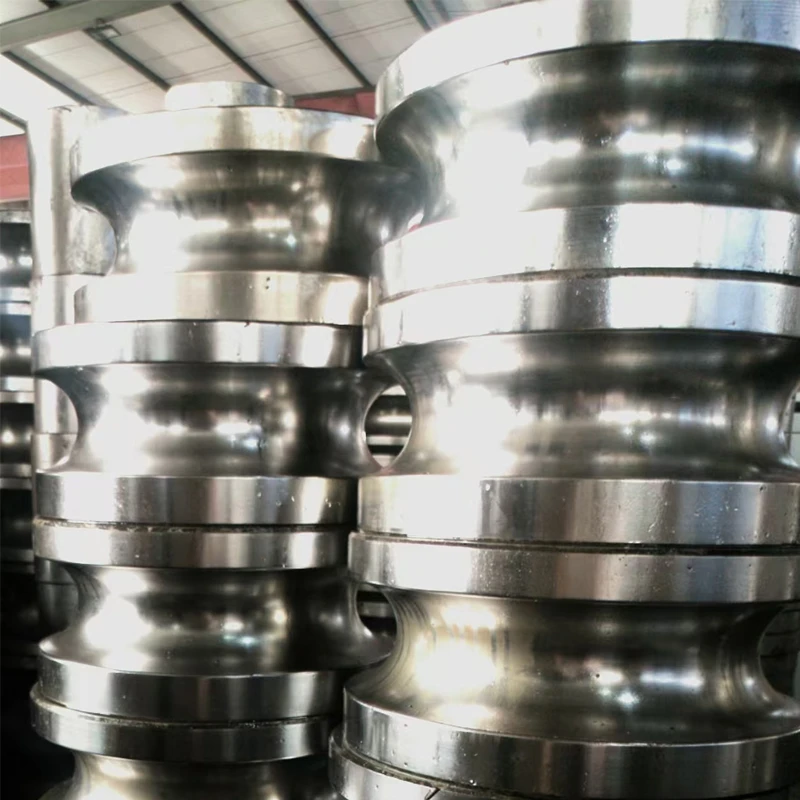Hydraulic Driven Beam Shear for Efficient Material Cutting and Shaping Solutions
Understanding Hydraulic Swing Beam Shears An Essential Tool in Metal Fabrication
Hydraulic swing beam shears are pivotal machines in the field of metal fabrication, playing a crucial role in processing and cutting sheet metal. Their design allows for efficient and precise cutting, making them an essential tool for manufacturers across various industries, including automotive, aerospace, and construction. This article explores the workings, advantages, and applications of hydraulic swing beam shears in modern fabrication processes.
What is a Hydraulic Swing Beam Shear?
A hydraulic swing beam shear is a type of cutting machine that utilizes hydraulic power to operate a swinging beam, which holds a cutting blade that descends to shear metal sheets. Unlike mechanical shears, where the cutting action is achieved through a mechanical lever system, hydraulic shears use hydraulic cylinders to provide a higher force output. This allows for cutting thicker materials with clean, precise edges while reducing operator fatigue.
The core components of a hydraulic swing beam shear include the cutting beam, the hydraulic system, the material support bed, and the control panel. The cutting beam swings downwards to shear the material as it is held in place on the support bed. The hydraulic system provides the necessary force, and the control panel allows the operator to set cutting parameters such as blade gap, stroke length, and operational speed.
Advantages of Hydraulic Swing Beam Shears
1. Precision Cutting Hydraulic swing beam shears are designed for accuracy, enabling operators to make precise cuts consistently. The hydraulic system maintains a steady force throughout the cutting process, minimizing the risk of blade deviation and ensuring that the cut edge remains clean and true.
2. Versatility These shears can handle a wide range of materials and thicknesses, making them versatile tools for different applications. Whether it’s mild steel, stainless steel, or aluminum, hydraulic swing beam shears can be adjusted to meet the specific cutting requirements of each job.
hydraulic swing beam shear

3. Reduced Operator Fatigue The hydraulic mechanism significantly reduces the physical effort required from the operator compared to traditional mechanical shears. This ergonomic advantage leads to improved productivity and safety for operators working with heavy and thick materials.
4. High Throughput Hydraulic swing beam shears are designed for high-speed operations, allowing manufacturers to increase their output. This efficiency is particularly important in high-volume production environments where time and accuracy are critical.
5. Easy Maintenance Many modern hydraulic swing beam shears feature self-lubricating systems and simple hydraulic circuits that simplify maintenance. Regular upkeep is crucial for long-term reliability and performance, and these design features help reduce downtime.
Applications in Various Industries
Hydraulic swing beam shears find applications across several industries. In the automotive sector, they are commonly used for cutting chassis components and other sheet metal parts. In construction, these machines are essential for fabricating metal panels and structural components.
Moreover, the aerospace industry benefits from the precision and versatility of hydraulic swing beam shears, using them to cut lightweight and high-strength materials integral to aircraft design. Sheet metal fabrication shops also rely heavily on these machines for various custom projects, making them an indispensable part of the workflow.
Conclusion
In conclusion, hydraulic swing beam shears are an integral part of the metal fabrication landscape. Their ability to provide precise, efficient, and versatile cutting solutions makes them a vital tool for manufacturers. As industries continue to evolve and demand higher quality and faster production rates, the importance of advanced machinery like hydraulic swing beam shears will only grow. Investing in these cutting-edge tools is crucial for companies looking to stay competitive in the ever-changing manufacturing environment. Whether for small workshops or large production facilities, these machines represent a blend of technology and efficiency that is hard to surpass.
-
High Frequency Straight Seam Welded Pipe Production Line-BzZhou Xinghua Machinery Equipment Manufacturing Co., LTD.|line pipe steel&welded gas pipeNewsJul.30,2025
-
High Frequency Straight Seam Welded Pipe Production Line-BzZhou Xinghua Machinery Equipment Manufacturing Co., LTD.|High Precision&Automated SolutionsNewsJul.30,2025
-
High Frequency Straight Seam Welded Pipe Production Line - BzZhou Xinghua Machinery Equipment Manufacturing Co., Ltd.NewsJul.30,2025
-
High Frequency Straight Seam Welded Pipe Production Line-BzZhou Xinghua Machinery Equipment Manufacturing Co., LTD.|Precision Welding, High EfficiencyNewsJul.30,2025
-
High Frequency Straight Seam Welded Pipe Production Line|BzZhou Xinghua|Precision Welding&EfficiencyNewsJul.30,2025
-
High Frequency Straight Seam Welded Pipe Production Line - BzZhou Xinghua|Precision Engineering&EfficiencyNewsJul.30,2025


